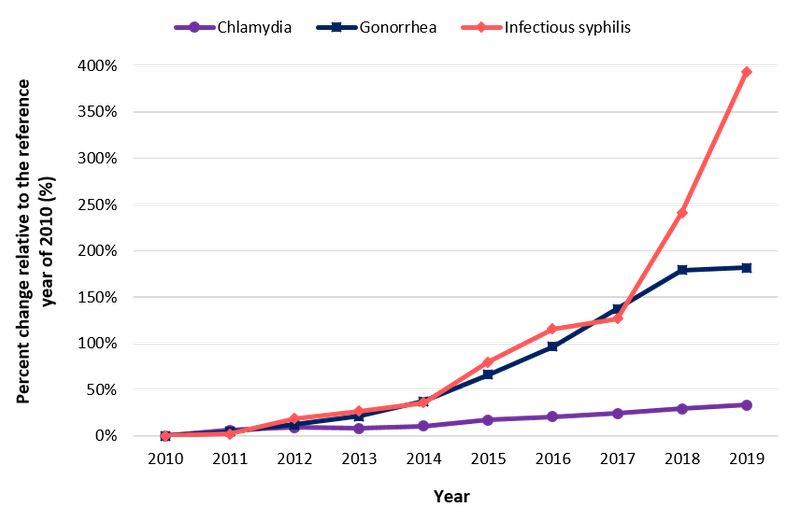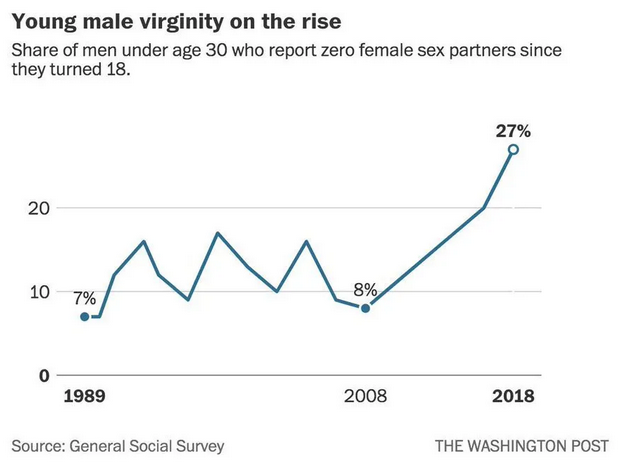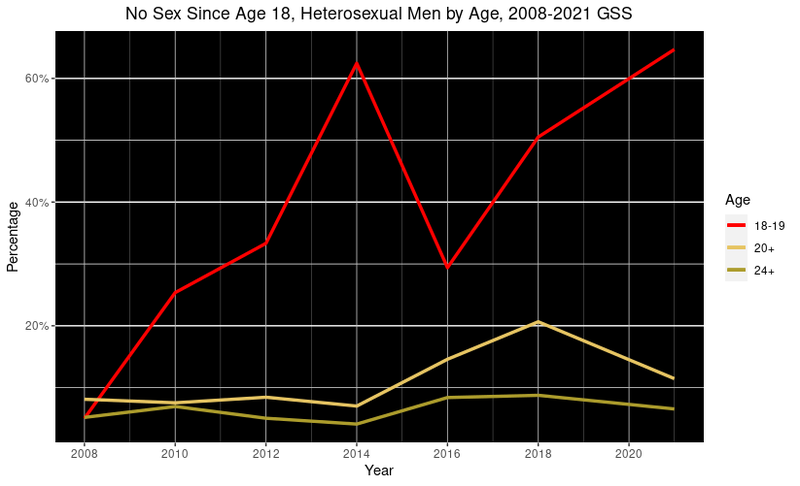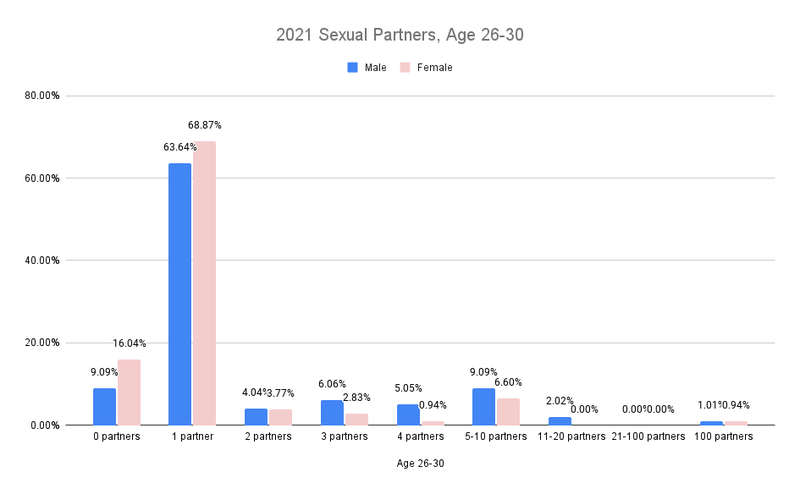The rise of online dating apps has led to a new era of modern dating. With a swipe of a finger, people are now able to connect with potential partners from all corners of their city or even globally. Tinder has been at the forefront of this revolution. Within a few short years, Tinder reported billions of "swipes" per day, translating to millions of potential matches and encounters. But has this ease of connection contributed to a rise in sexually transmitted disease (STD) rates?
While Tinder does not provide hookup statistics nor who contracted STDs from who, we can make inferences by looking at publicly available data. We’ll focus on people under the age of 30 as they are disproportionately affected and also tend to be users of apps (60% of Tinder’s users are under 35 years old.)
The rise of Tinder
Tinder was launched in 2012 but it didn’t really gain mass adoption until 2014. Now let's look at the rates of the 3 most prevalent STIs as reported by the Public Health Agency of Canada.

We can see things really start taking off around 2014. It would seem pretty conclusive that Tinder is in fact to blame, but let’s take a closer look.
A straightforward assumption might be that individuals are engaging in sexual activities with a greater number of partners. However, other elements could be influencing the situation. It's possible for individuals to maintain the same number of partners but be less diligent about using protection. Alternatively, STI testing as well as reporting methods may have simply gotten better.
Given that Tinder unlikely has had an effect on the usage of condoms nor testing and reporting methods, we’ll focus on determining whether individuals are indeed having more sexual encounters with a greater number of partners.
Aren’t 30% of young men virgins?
You’ve most likely seen this graph that shows the percent of men who are virgins climbing from 8% in 2008 to 27% in 2018.

So which is it? Are people having less sex or has Tinder and other dating apps such as Grindr and Bumble led to increased promiscuity? Upon closer inspection of the data, the 27% often quoted is a bit misleading. While there has been an uptick in men between the ages of 18 to 30 losing their virginity, it’s mostly driven by 18 to 20 year olds; past the age of 25, very few men remain virgins. As you can see below, the percent of men over the age of 25 who are still virgins have stayed relatively flat, below 10%. Check out DatePsych for an in-depth analysis.

What about those who are not virgins? Since 15 to 19 year olds saw the largest increase in chlamydia, let’s examine college students - specifically those participating in Greek life, a group who was targeted by Tinder to gain initial traction in the market.
Tinder & Greek Life
According to this study which was conducted on over 1 million college students from 2012 to 2016, they found that “after the introduction of Tinder, Greek-affiliated students saw a 6.3% increase in the number of sex partners,” which may seem like a significant increase but they also found that Tinder only increased the risk of students reporting STDs and unplanned pregnancies by 0.2%
So even focusing on a group that has seen a disproportionate increase in STDs, it does not seem like Tinder has had a major impact. This makes sense as the college environment is already very social and university students are less likely to take advantage of the connections created by Tinder, thus the pool of sexual partners will stay relatively contained and localized within the universities.
Disparate Social Networks
What about those outside of a university setting, such as those who have graduated? Looking at the General Social Survey data for 2021, we can see that 88% of all respondents reported having not had sex, or having had only one sexual partner, within the entire year of 2021.

Contrary to popular belief, it appears that Tinder hasn't significantly influenced the average number of sexual partners a person has. Instead, its primary effect has been bridging previously disconnected social circles, making it easier than ever for individuals to connect with total strangers outside their immediate networks.

Conclusion
The digital revolution of online dating has undoubtedly changed the way individuals connect and interact in the modern age. Tinder, a front-runner in this domain, has seen both acclaim for its ability to bridge social gaps and criticism, especially concerning the rise in STD rates in Canada. While the rise of chlamydia and gonorrhea in the past decade seems to coincide with Tinder's popularity surge, diving deep into the data paints a nuanced picture.
Although there has been an uptick in certain segments of the population, this isn't necessarily a widespread trend. Contrary to widespread belief, the majority of people, even in the age of Tinder, report having limited sexual partners. Additionally, while specific subsets of the population, like college students affiliated with Greek life, may have seen an increase in sexual partners after Tinder's introduction, the associated risk of contracting STDs remained negligible.
The data suggests that Tinder hasn't necessarily amplified the frequency of sexual encounters. However, it's not entirely without impact. The increase in STDs can be attributed to a mix of factors, including the mingling of previously separate social networks, inconsistent protection use, and improved testing and reporting methods. So, while Tinder might not be the primary culprit, it certainly plays a role in the evolving landscape of sexual health.
